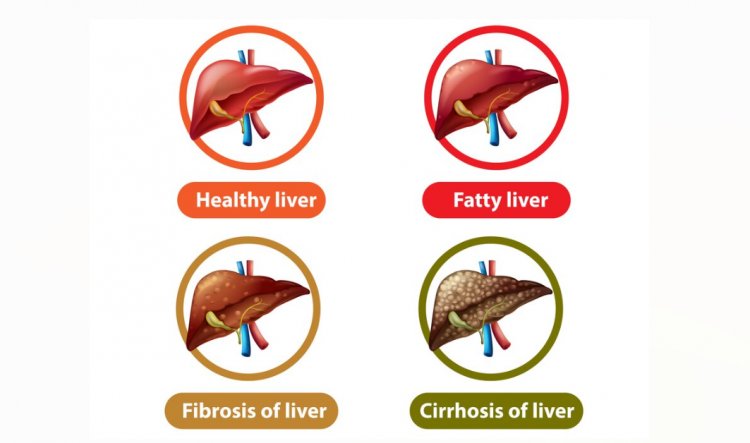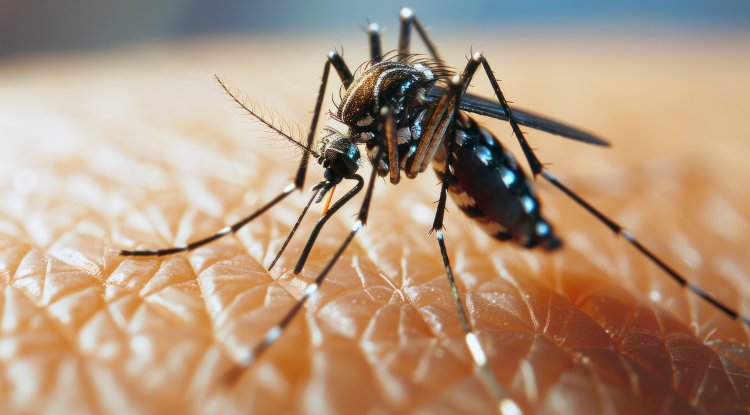Non-Alcoholic Fatty Liver Disease: Understanding the Silent Epidemic
Non-Alcoholic Fatty Liver Disease (NAFLD) has emerged as a significant health concern worldwide, representing a spectrum of liver conditions characterized by excessive fat accumulation in the liver cells, in the absence of significant alcohol consumption. This condition has garnered attention due to its increasing prevalence, association with obesity, insulin resistance, and metabolic syndrome, and its potential progression to more severe liver diseases such as non-alcoholic steatohepatitis (NASH), cirrhosis, and hepatocellular carcinoma (HCC). In this article, we delve into the complexities of NAFLD, its risk factors, diagnosis, management, and future directions in research and treatment. #NAFLD #FattyLiver #LiverDisease #ObesityAndLiverHealth #NonAlcoholicSteatohepatitis #MetabolicSyndrome #LiverFatAccumulation #InsulinResistanceManagement #HealthyLiver #LiverHealth #WeightLossJourney #HealthyDietTips #PhysicalActivity #LifestyleMedicine #PrecisionMedicine #PublicHealth #MedicalRese

Understanding NAFLD
NAFLD encompasses a range of liver abnormalities, from simple steatosis (fat accumulation) to inflammation and fibrosis, without the influence of alcohol. It is often asymptomatic in its early stages, earning it the moniker "the silent liver disease." However, some individuals may experience fatigue, abdominal discomfort, or an enlarged liver in advanced stages.
Risk Factors
- Obesity: The prevalence of NAFLD is closely linked with obesity, particularly abdominal adiposity.
- Insulin Resistance and Type 2 Diabetes: Insulin resistance plays a pivotal role in the pathogenesis of NAFLD.
- Metabolic Syndrome: NAFLD commonly coexists with metabolic syndrome, characterized by a cluster of conditions including obesity, hypertension, dyslipidemia, and insulin resistance.
- Genetics: Certain genetic factors predispose individuals to NAFLD.
- Dietary Factors: High intake of refined carbohydrates, saturated fats, and fructose has been implicated in the development and progression of NAFLD.
Diagnosis
Diagnosing NAFLD typically involves a combination of clinical evaluation, imaging studies (ultrasound, MRI, or CT scan), and blood tests. Liver biopsy may be necessary to confirm the diagnosis and assess the degree of inflammation and fibrosis, although it is not routinely performed due to its invasive nature.
Management
Lifestyle Interventions
- Weight Loss: Gradual and sustained weight loss through a combination of diet modification and regular exercise is the cornerstone of NAFLD management.
- Healthy Diet: Emphasizing a balanced diet rich in fruits, vegetables, whole grains, and lean proteins while minimizing intake of added sugars and saturated fats is recommended.
- Physical Activity: Regular exercise, including both aerobic and resistance training, improves insulin sensitivity and reduces liver fat.
Pharmacotherapy
- Insulin Sensitizers: Drugs such as metformin and thiazolidinediones may be considered in selected patients to improve insulin sensitivity.
- Antioxidants: Vitamin E has shown promise in reducing liver inflammation and fibrosis in certain individuals with NASH.
- Lipid-Lowering Agents: Statins and other lipid-lowering medications may be prescribed to manage dyslipidemia associated with NAFLD.
Future Directions
- Targeted Therapies: Ongoing research is exploring novel therapeutic targets for NAFLD, including agents that modulate lipid metabolism, inflammation, and fibrosis.
- Precision Medicine: Personalized treatment approaches based on genetic, metabolic, and histological profiles may enhance the efficacy of NAFLD management.
- Non-Invasive Diagnostic Tools: Advancements in imaging techniques and biomarkers aim to reduce reliance on liver biopsy for diagnosis and monitoring of NAFLD progression.
NAFLD has evolved into a global health epidemic, driven by the obesity epidemic and sedentary lifestyles. Early recognition, lifestyle modifications, and targeted interventions are crucial in preventing disease progression and reducing the burden of NAFLD-related complications. Continued research efforts are imperative to unravel the intricate pathophysiology of NAFLD and develop effective therapeutic strategies to combat this burgeoning public health crisis.
Disclaimer:
The information provided in this article is for educational purposes only and should not be considered medical advice. If you have any health concerns or are experiencing symptoms, it is important to consult with a healthcare professional, such as a doctor or clinic, for proper diagnosis and treatment. Always seek the advice of your doctor or other qualified health provider with any questions you may have regarding a medical condition. Do not disregard professional medical advice or delay in seeking it because of something you have read in this article.
What's Your Reaction?





















